

By Marco Tampoia


THE GARGANO THE ARCHANGEL


AND HIS PEOPLE




By Marco Tampoia






Suspended between the sky and the sea, the Gargano rises proudly along the northern coast of Apulia. A rugged rocky promontory overlooking the Adriatic Sea: to the north the landscape of the Tremiti Islands, to the south the Gulf of Manfredonia. A place that enchants with its wild beauty and rich history, the Gargano promontory climbs amidst ancient legends and millenary traditions. Its imposing cli s, bathed by the salty, turquoise waters that caress the golden sand of the hidden beaches, tell centuries-old stories of tides and storms, of brave sailors and fishermen passing on secrets among the trabucchi and the wind. In the heart of this peninsula, centuries-old forests wander, where holm oaks and olive trees dance with the sea breeze, wrapped in steep paths that o ten lead to secret caves, to abbeys reclaimed by the Mediterranean maquis or to unspoilt bays. Here, every stone seems to tell of ancient civilizations that have le t their faint traces in a mosaic of cultures and myths.
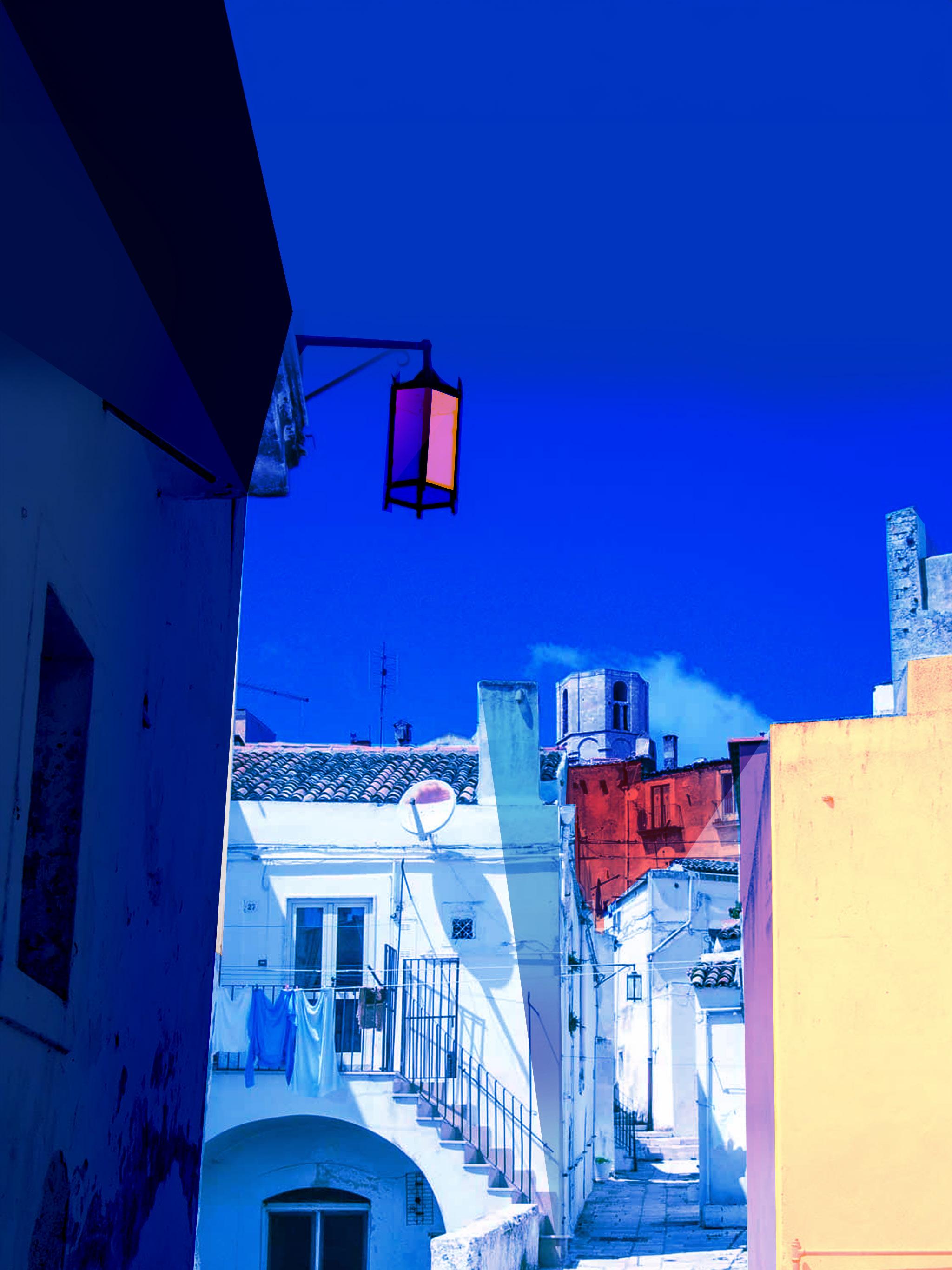
The toponymy of the Gargano is not just a chaotic series of place names, but a testimony to the rich layers of historical, cultural and anthropological movement that characterise this area of Apulia. Studying the place names of the Gargano allows us to better understand its origins and its evolution over the centuries.
Many coastal localities in the Gargano still retain names of classical origin, dating back to Roman times. For example, the name Vieste is said to derive from the Latin 'Vesta', probably referring to the cult of Vesta and the vestal virgins; places like Mattinata, from 'Matinum', an ancient Latin term for the coastal region. In fact, unlike the southern part of the boot of Italy, known as Magna Graecia, in the Gargano area, the Greek influence is slightly less evident than in the other Apulian regions.
The toponymy of the inland areas, on the other hand, reveals the transition from the era of the pax romana to the Middle Ages, when the Gargano became an important crossroads of pilgrimage and Christian devotion.
Monte Sacro, San Marco in Lamis, San Nicandro Garganico, San Salvatore and the more famous San Giovanni Rotondo are just some of the direct references from Christian influence that characterize the area.
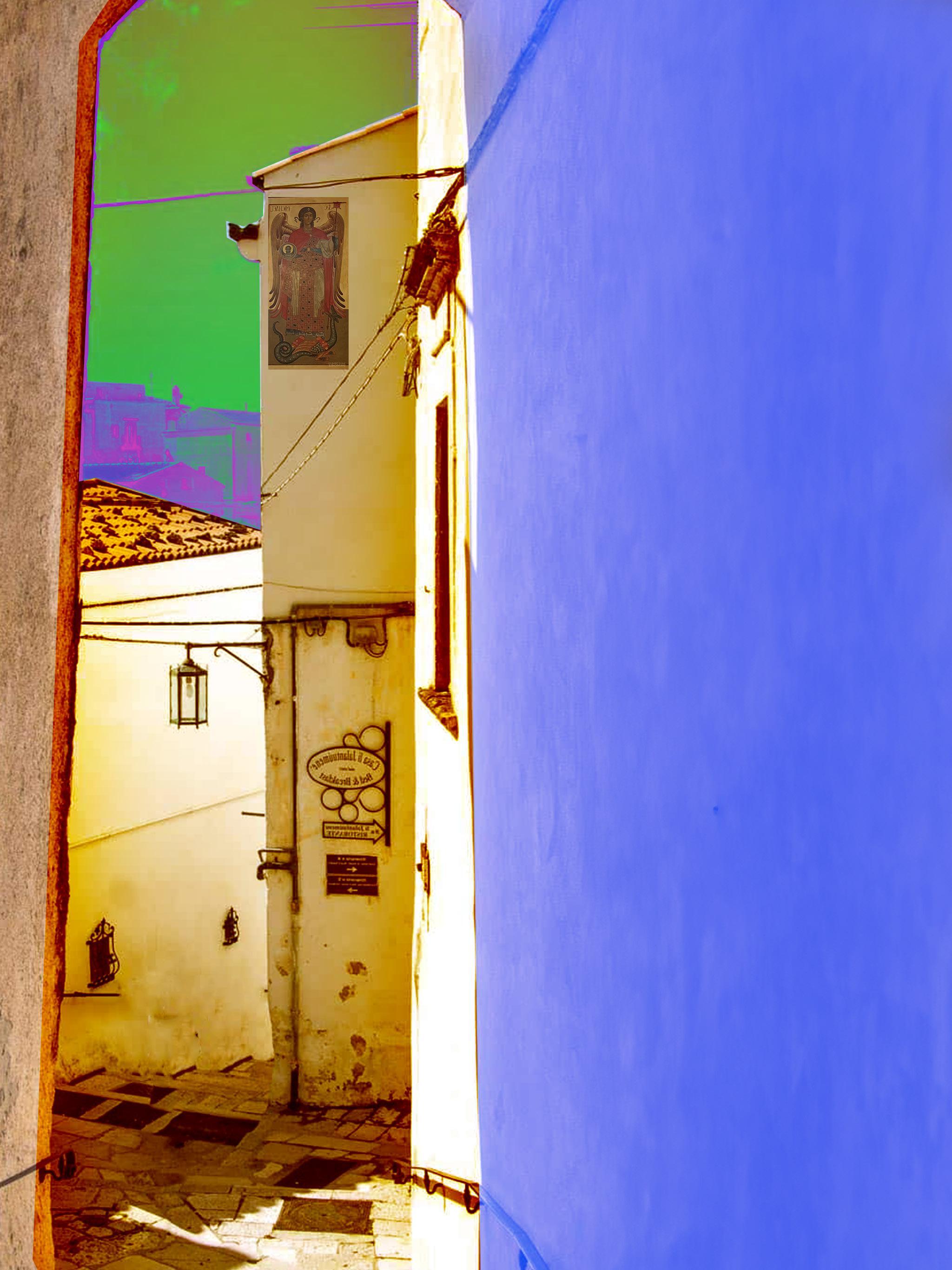
The most important shrine is undoubtedly that of St Michael the Archangel in Monte Sant'Angelo, erected around the 5th century, when the Archangel Michael is said to have appeared in a cave to St Lawrence Maiorano, bishop of Siponto who lived about 105 years, in 490. The shrine includes impressive bronze doors made in Constantinople in 1076 and an octagonal bell tower from 1273. Its location as an intermediate stop on the Micaelic line has made this place a crossroads and obligatory passage for every pilgrim in search of Truth.
The cult of St Michael the Archangel has always performed a unifying function, linking peoples and cultures through a common spiritual thread. Veneration of the Archangel is widespread throughout the Christian, Jewish and Muslim worlds, from Europe to Asia, from Africa to the Americas. This devotion has created a deep bond between the various communities of believers, overcoming linguistic, cultural and geographical barriers. St Michael, with his image as a celestial warrior fighting against the forces of evil, embodies a universal archetype of protection and justice.
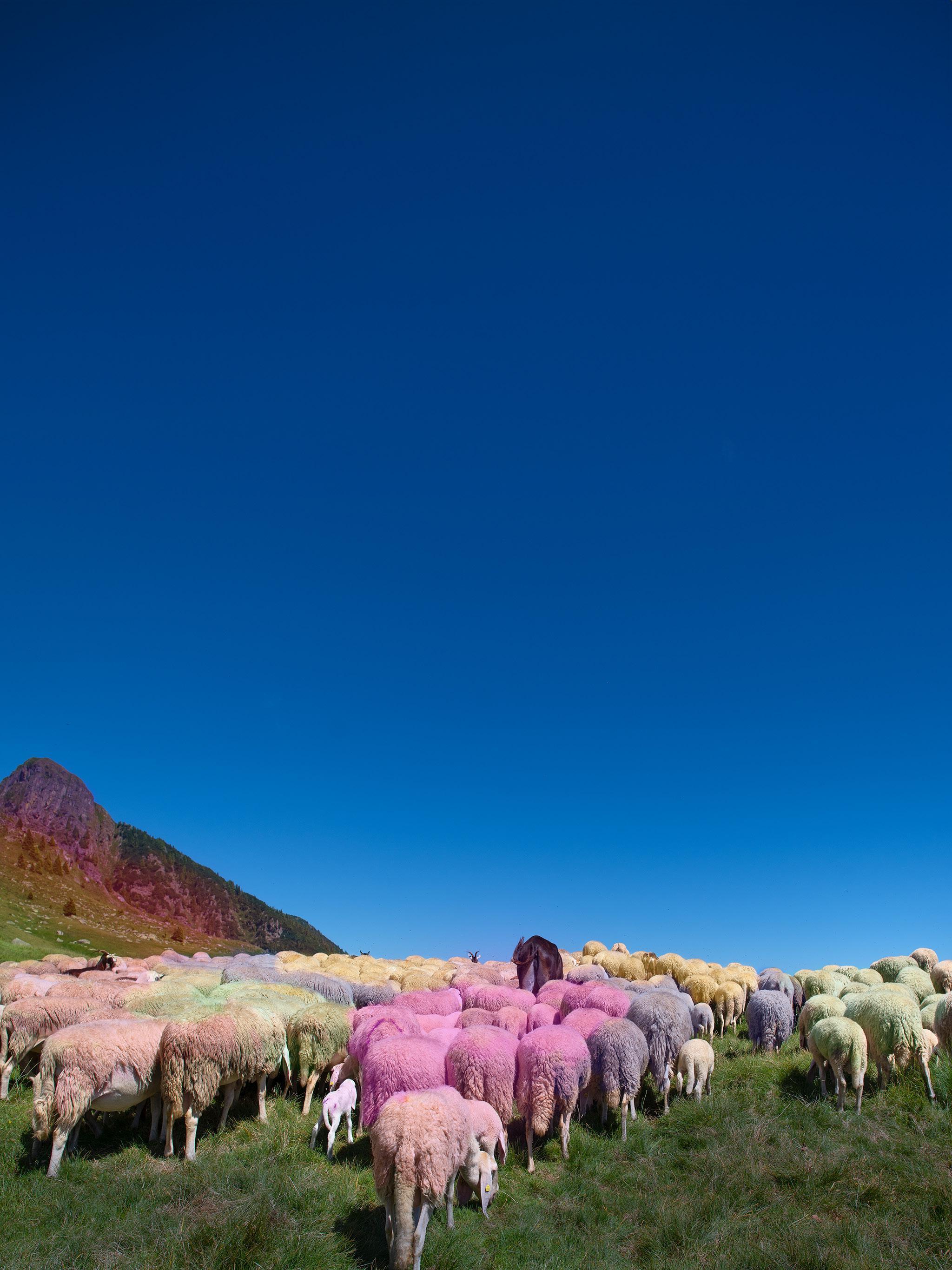
This figure has inspired numerous shrines and pilgrimage sites, creating spiritual paths that span continents and centuries. St. Michael's Sacred Line, which connects seven important shrines from Ireland to Israel, is an emblematic example of how the cult of the Archangel has created a network of faith that unites places and people in a common path towards the pursuit of divine spirituality.
In many esoteric visions, the Archangel Michael is depicted with scales in his hands, an emblem of cosmic and human balance. In traditions close to Christian hermeticism, Michael is not only the guardian of universal harmony, but also the balancer of man's inner forces; each planet of the solar system reflects an aspect of the psyche and personality: the Sun, the centre of the system, represents the heart and core of the human being. Michael, with his scales, embodies the role of the great harmonizer, he who balances light and shadow, celestial and terrestrial forces, making the invisible harmony of the universe perceptible.
The sword he wields, sparkling with divine light, is a symbol of change and liberation; it is the weapon of discernment, capable of separating good from evil with a clean and precise cut. The dragon, over which Michael triumphs without ever finally killing it, is a symbol of the evil inherent in the human condition; this dragon, eternal companion and adversary, must be dominated, not destroyed, because its presence is necessary for spiritual evolution. Michael, the celestial warrior, does not annihilate the dragon, but dominates it, keeps it under control, implying that without the shadow there can be no light. In this cosmic dance of light and shadow, Michael is the guardian of the boundary between the human and the divine, the one who with his scales and his sword maintains order as in the universe so in the human soul, guiding and directing us towards the eternal quest for harmony and truth.
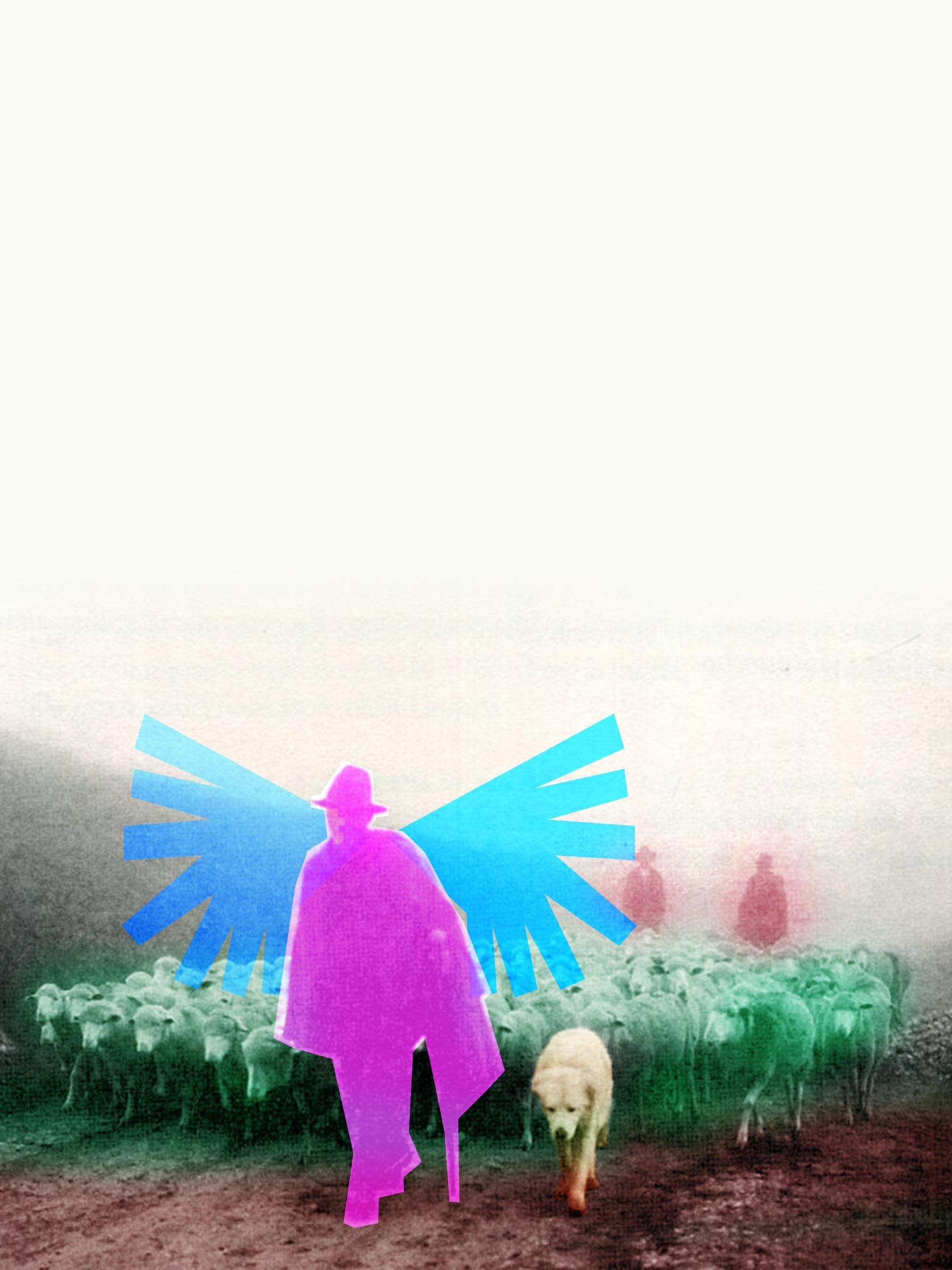
And it is precisely from this assumption, incorporated over the centuries in the collective imagination of the area's inhabitants, that we must begin to look at the history, society, economy and geography of this unique Mediterranean region. The cult of St. Michael the Archangel, in fact, has had a profound influence on the people of the Gargano and in particular on the shepherds, as can be seen from the practice of transhumance, the seasonal migration of the shepherd companion of livestock between the highlands, valleys and plains. This culture of movement is inseparably linked to local spirituality and forma mentis. St Michael, therefore, is also venerated as the protector of shepherds and livestock. In the past, Gargano shepherds, who led an o ten isolated and dangerous life, found strength, guidance. comfort and protection in the figure of the saint.
The transhumance routes in the Gargano, in fact, were not only economic routes, but also and above all spiritual ones. The shepherds followed ancient routes that took them through places that over time became charged with life force, until they reached the dimension of sacredness and were then dedicated to St Michael. These routes took the form of true pilgrimages, reinforcing the link between pastoral practice and religious devotion.

During the transhumance, shepherds o ten performed rituals, individual or collective, dedicated to St Michael to invoke his protection along the way, the image and care of the saint was o ten the only companion on the journey and along the seasonal migration routes it is still possible to find small votive shrines erected anonymously. These rites and their anonymity were considered essential to ensure the safety of the journey and the health of the animals. It is no coincidence that the main feasts dedicated to St Michael, such as the one on 29 September or 8 May, coincide with the crucial moments of transhumance (autumn or spring); occasions for celebration and prayer, but also festivals of rest and meeting for shepherds, who could gather and renew their presence through collective faith. Devotion to St Michael thus also permeated local popular and cultural expressions, in particular songs, tales and legends that were sweetened and passed down from generation to generation. These stories reinforced community identity and the link with the territory, integrating the figure of the saint into the daily and working life of shepherds. The cult of St Michael therefore played a central role in the lives of Gargano shepherds, providing not only spiritual guidance, but also a network of cultural and social guidance and support.

The figure of the Archangel, with its symbolism of protection and justice, has profoundly influenced the practice of transhumance, transforming it into a path of faith as well as work, capable of shaping a community model of social interaction, welcome, sharing and understanding of the dynamic dimension of life.Over the course of the short century, these practices have become intermingled with modern influences. An emblematic example is that of the grandparents' donation. Grandparents, who were transhumant shepherds, used to give a heifer as a gi t on the occasion of their grandchildren's first communion celebrations, so that it could learn the ways and become a cimarola, i.e. the cow that 'goes to the top', among the oldest and therefore in possession of the knowledge of the way and the dangers so that it could act as a guide for the other cows. The 'cimarole', just as women adorn themselves with precious necklaces for important events, on the day of the 'scasata' (departure), were equipped with a special bell, much larger than normal, with the base for tying it around their necks made by hand from walnut or oak wood, a Gargano peculiarity since in other regions simple straps were used. The choice of wood relates to a very ancient tradition, almost totally lost, since not all trees o er a wood that bends without breaking, it is only the sharp eye associated with the perished hand that reveals to the cra tsman the tree suitable for the creation of this artefact.
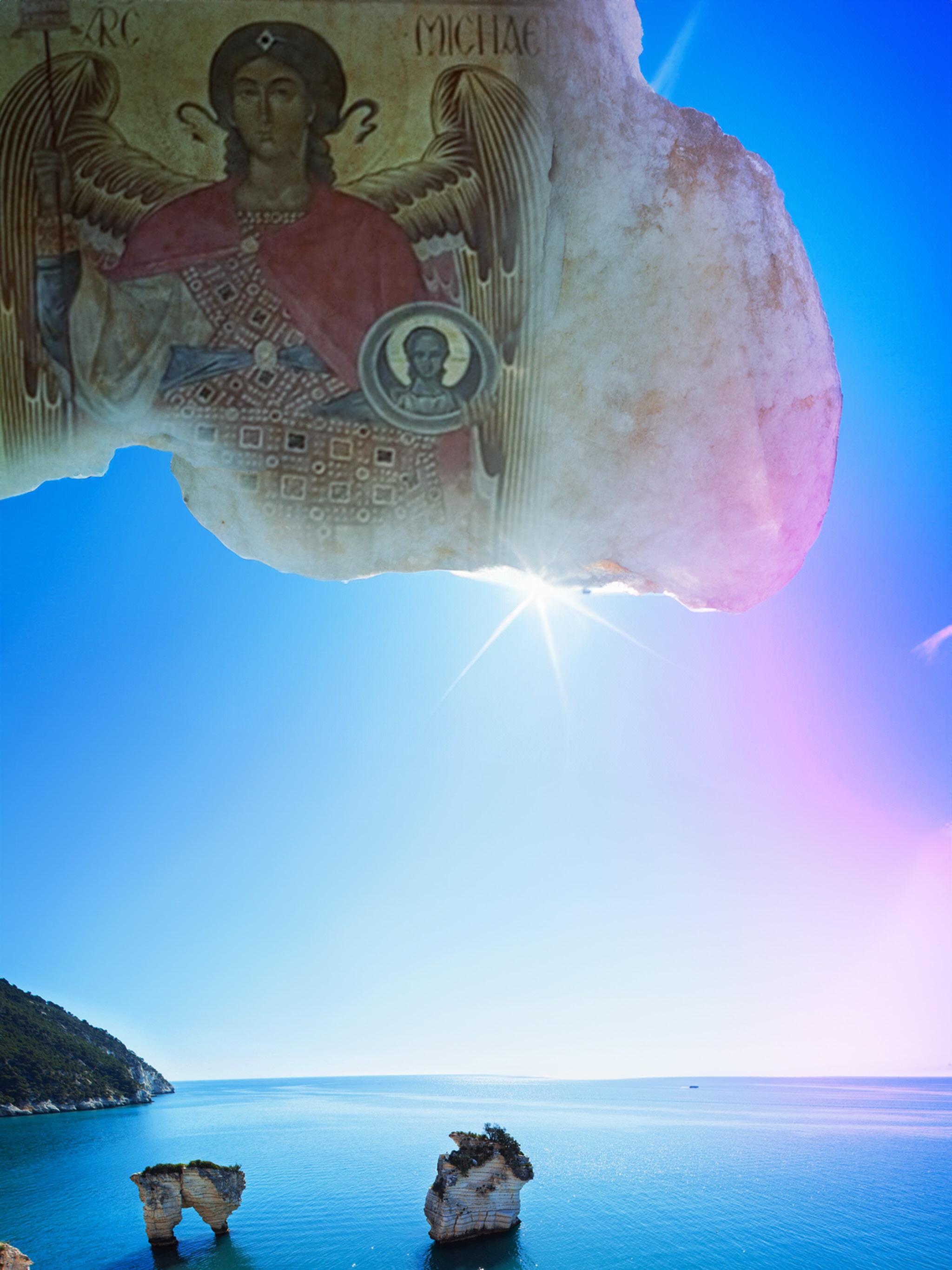
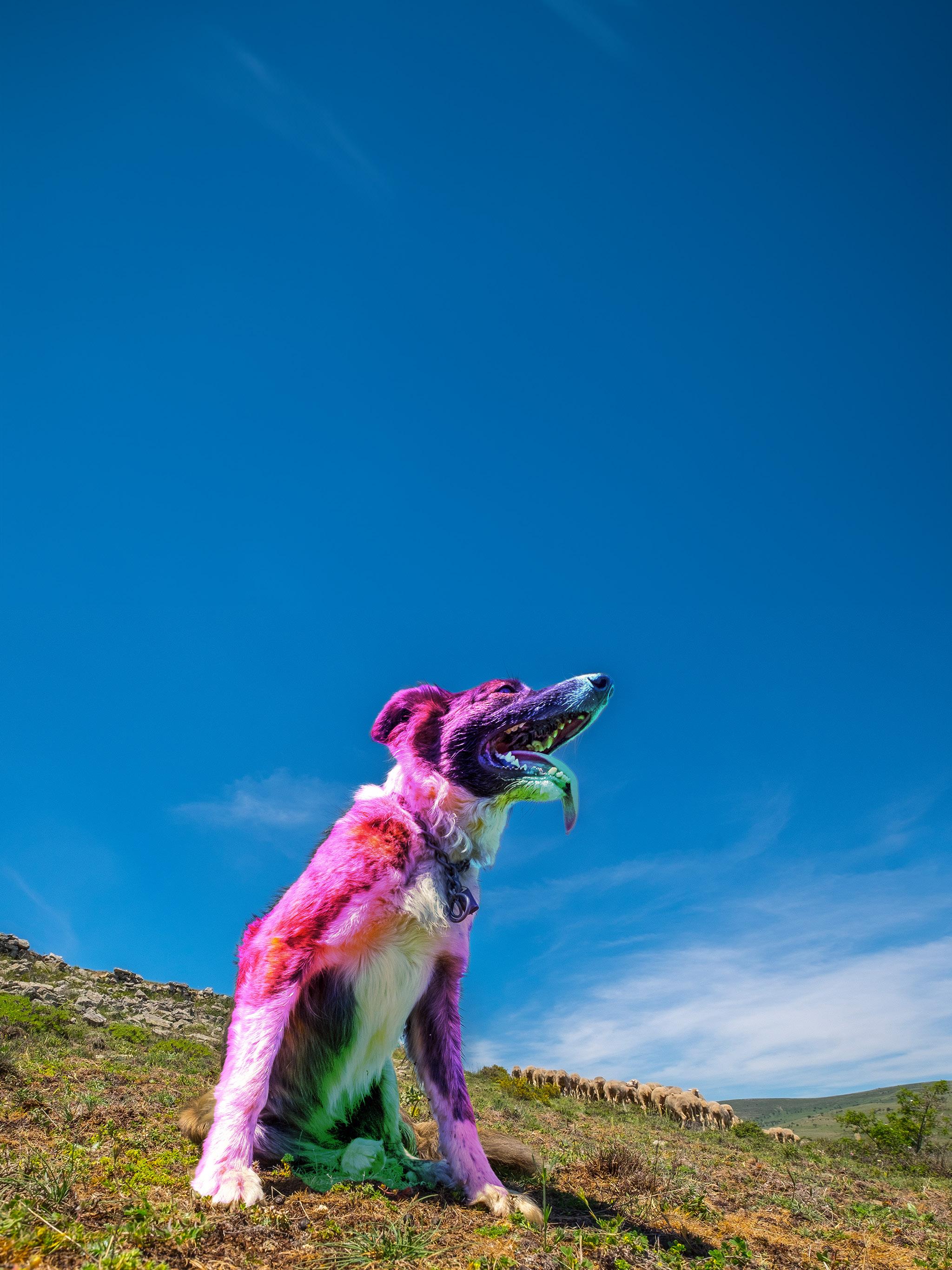
This ancient pastoral rite, marked by the seasons, is not only a migration of livestock, but a symbol of man's inner journey, an echo of the soul in search of balance between nature and the spirit. Thus enlightened, transhumance becomes almost a sacred act, a pilgrimage, rhythmed by the eternal cycle of life, embodying the essence of peasant wisdom, reflecting the sacred bond between man and the earth, between being and the cosmos.
In our fast-paced times, pilgrimage and transhumance, both respectful and beneficial to the environment and the land, are slowly disappearing from the Gargano, perhaps frightened by the growing roar of mass tourism (almost two million presences in 2023) that has become the primary source of seasonal income for the Gargano's inhabitants, and is irreparably forgetting its spirituality. It can and must therefore be strongly asserted that transhumance, which originated as an ancient pastoral practice of seasonal migration of livestock, today represents a historical model of sustainable interaction with the environment that must be preserved.

Reconceptualising the concept of movement through that of transhumance and harmonious migration can o er innovative solutions that empower the individual through synchrony, care and respect for the environment and the land, creating an authentic and sustainable connection with the world around us. Like pilgrimage, transhumance reflects a cyclical and harmonious movement that seeks and respects the rhythms of nature and promotes paths of investigation and encounter. The transhumant shepherds of the Gargano, as master-witnesses, have embodied and embody a knowledge that is both theoretical and practical, a knowledge that, in its authenticity, o ers an existential model of great value in a world in search of roots and truth.
The citizens, businesses and environmental associations of the Gargano, in order to think of a less invasive and more friendly tourism with the territory, could be inspired by the good practices of pilgrims and transhumants and ... perhaps St Michael could help us in this ...